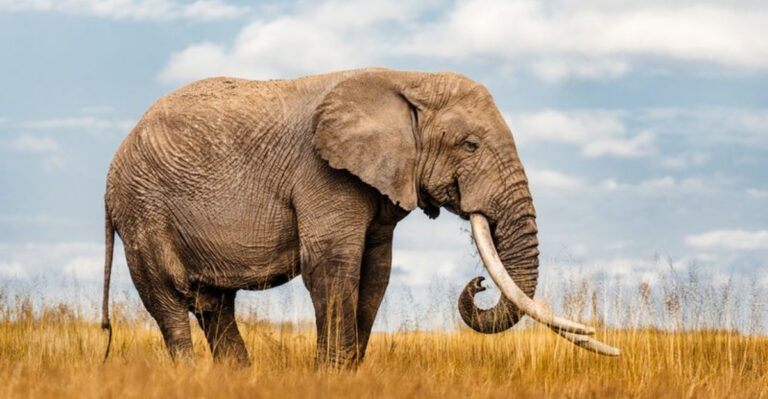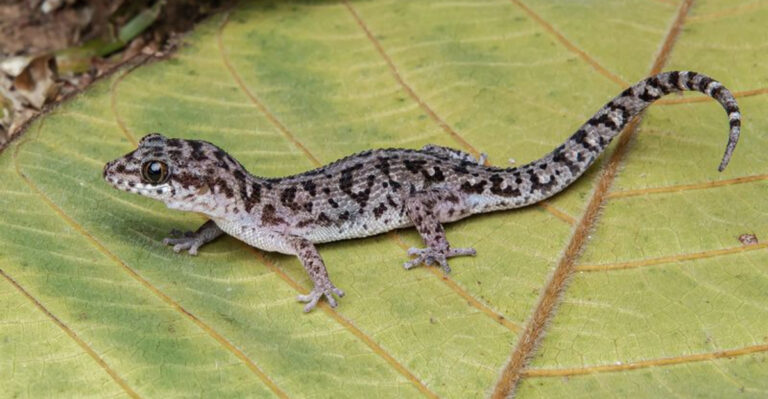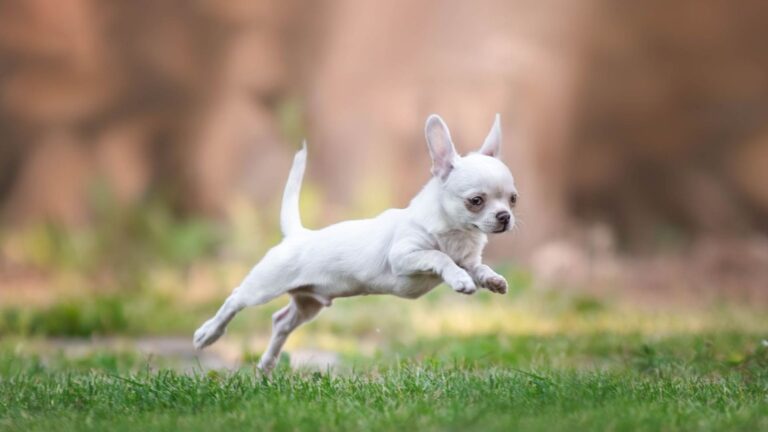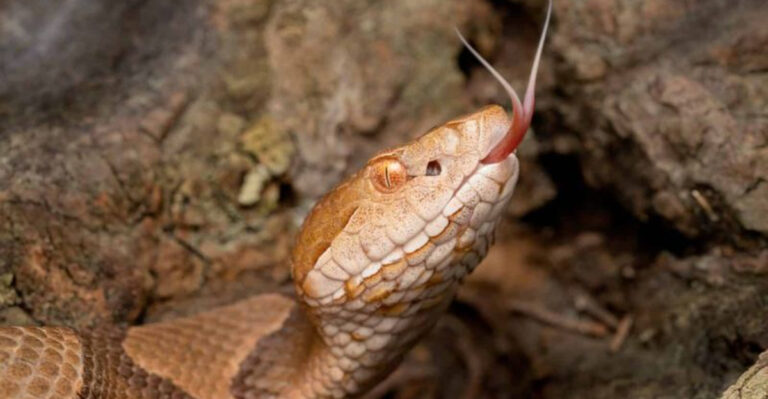5 Smells That Deer Absolutely Hate And 8 Gentle Ways To Welcome Them In
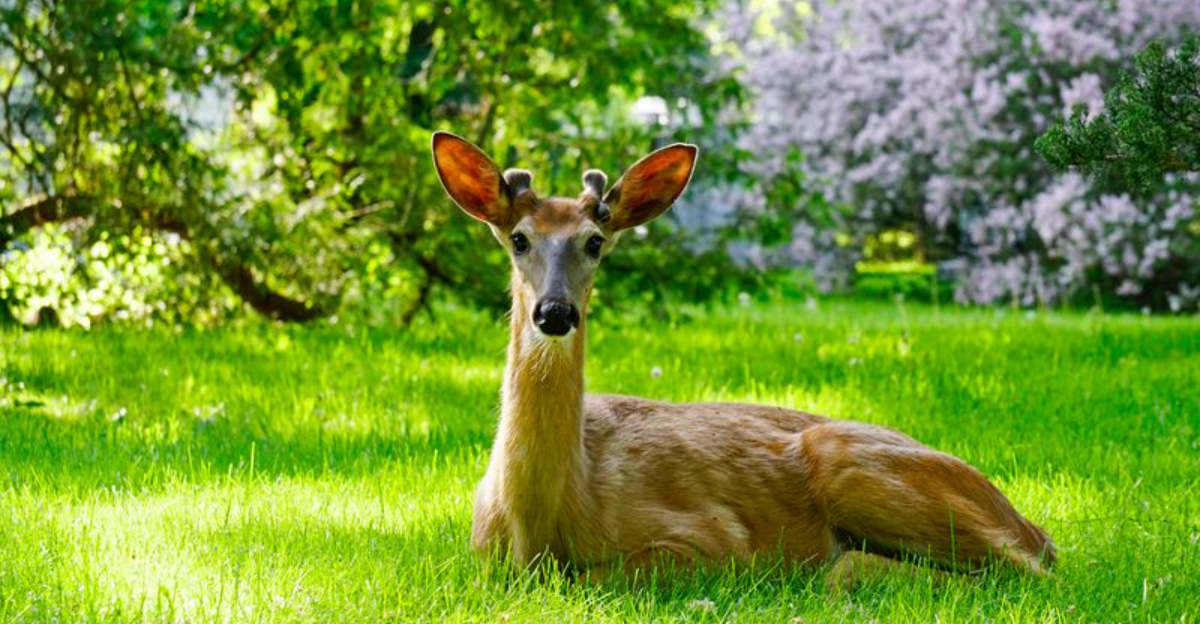
Watching graceful deer visit your yard can be a magical experience, but sometimes you need to keep them away from your prized garden. Understanding what scents repel deer and what attracts them gives you control over these woodland visitors.
Whether you’re trying to protect your flowers or hoping to catch a glimpse of these majestic creatures, these tips will help you manage deer on your terms.
1. Rotten Eggs Make Deer Run
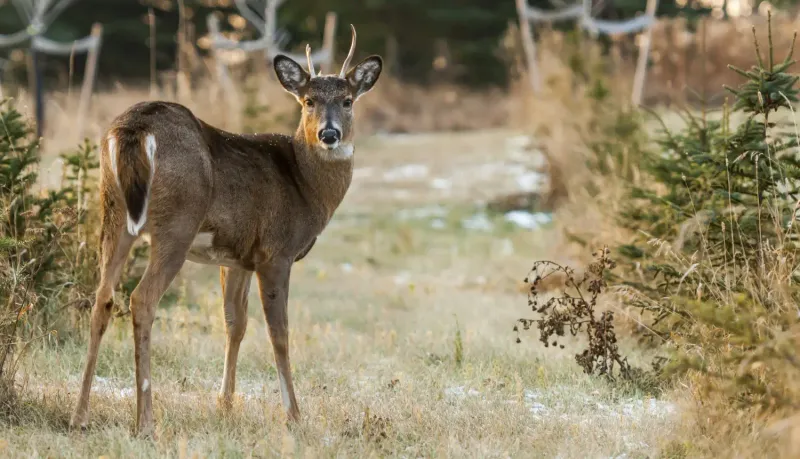
Nothing sends deer galloping away faster than the sulfurous stench of rotten eggs. Commercial deer repellents often use this smell as their secret weapon.
Simply spray around garden borders every few weeks, especially after rain. Your nose might wrinkle too, but the results are worth the temporary discomfort.
2. Soap Scents Keep Hooves Away

Surprisingly, the clean smell we love in our bathrooms makes deer turn tail and flee. Irish Spring soap is particularly effective when hung in mesh bags around your garden.
Shave or cut bars into chunks for stronger scent dispersion. Replace monthly or when the soap starts losing its fragrance power after rainfall.
3. Garlic’s Pungent Protection
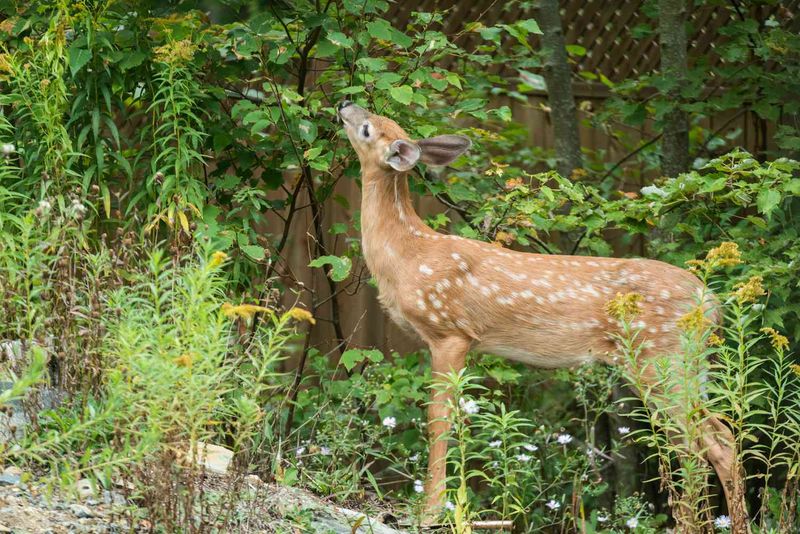
Vampires aren’t the only creatures that avoid garlic! Deer find its strong aroma absolutely unbearable. Crush several cloves and mix with water in a spray bottle for a potent barrier.
Apply to plant leaves and garden perimeters weekly. Bonus: this mixture also deters many common garden insects while keeping hungry deer at bay.
4. Predator Urine Creates Fear
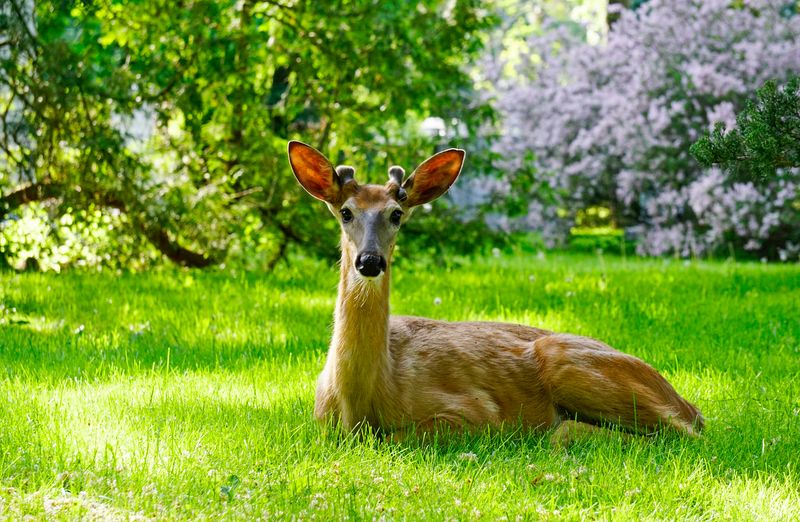
Wild instincts run deep in deer behavior. The scent of predator urine triggers their survival alarm bells instantly. Commercial products containing wolf, coyote, or fox urine create a fear zone deer won’t cross.
Apply granules or liquid around garden boundaries monthly. This natural deterrent works on their primal fear without causing actual harm.
5. Spicy Peppers Burn Their Noses
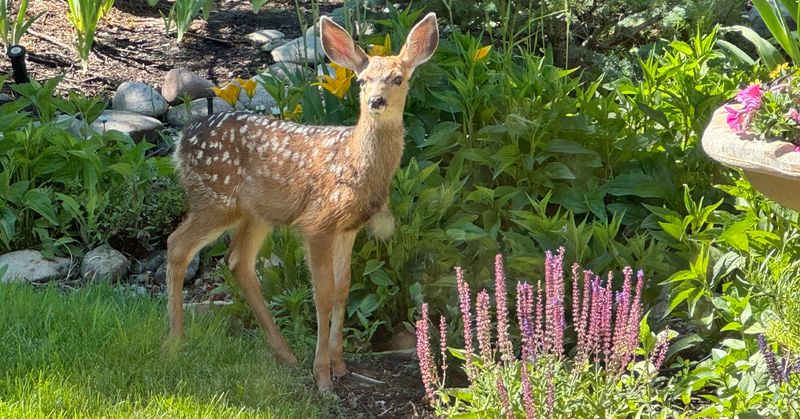
Hot peppers contain capsaicin that irritates deer’s sensitive noses and taste buds. Blend hot peppers with water and a drop of dish soap to create a powerful spray barrier.
Apply to plant leaves every two weeks. The burning sensation teaches deer to avoid your garden without causing permanent harm to these beautiful creatures.
6. Plant Their Favorite Snacks
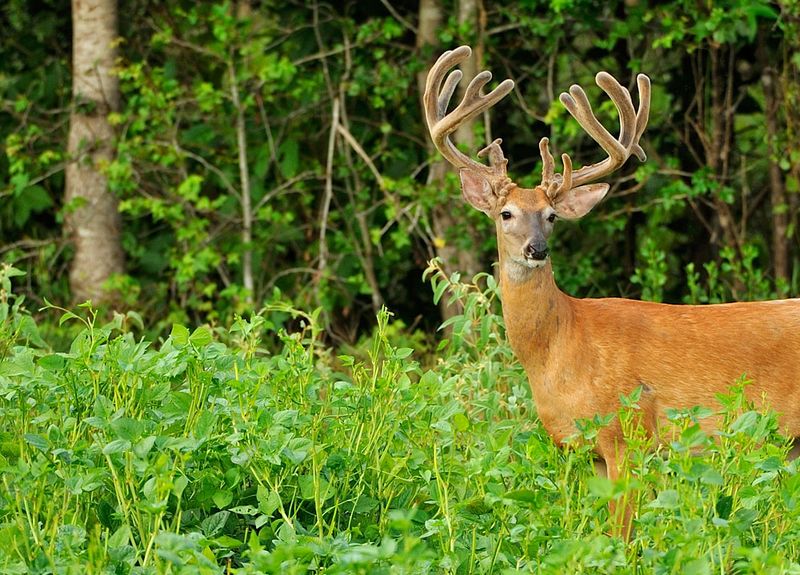
Creating a “deer buffet” away from your prized gardens gives them something to munch on without destroying your flowers. Clover, alfalfa, and fruit trees are deer delicacies they can’t resist.
Plant these treats at the edge of your property. This food diversion satisfies their hunger while protecting your special plantings from becoming the main course.
7. Fresh Water Source Invites Visits
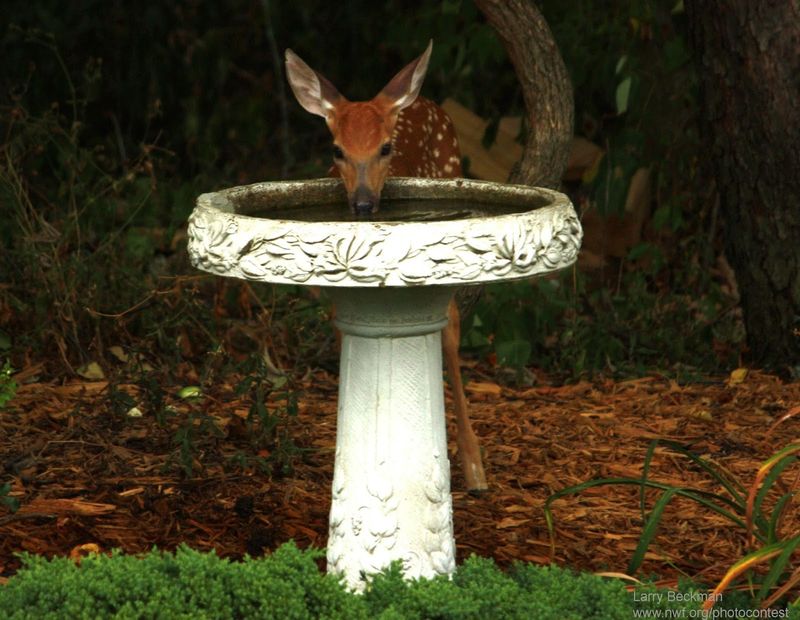
Just like us, deer need regular water, especially during hot summer months. A simple birdbath or shallow pond becomes an irresistible attraction for thirsty woodland visitors.
Place water features away from gardens you want to protect. Change water regularly to prevent mosquito breeding while providing deer with clean, fresh hydration that keeps them coming back.
8. Salt Licks Satisfy Mineral Cravings
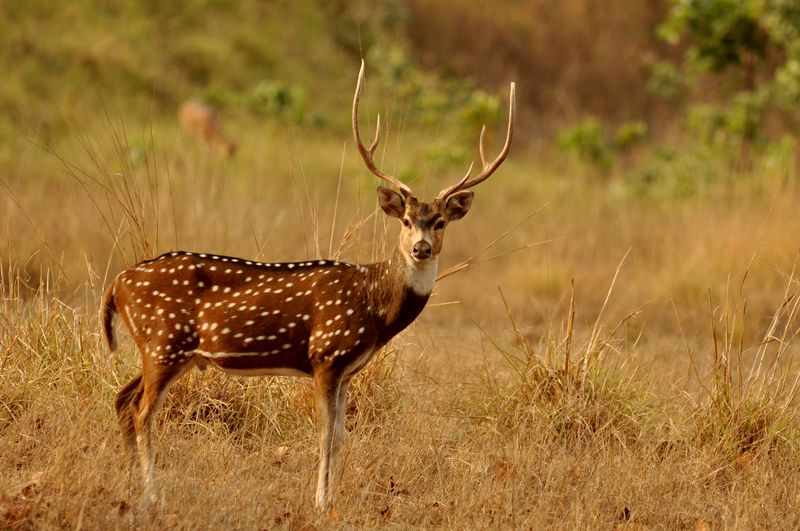
Wild deer constantly search for essential minerals, especially salt, which their natural diet often lacks. Commercial salt licks or homemade versions become powerful deer magnets when placed strategically.
Position licks 100+ feet from gardens you want to protect. This distance creates a comfortable feeding zone while keeping deer away from your precious plants.
9. Create Cozy Bedding Areas
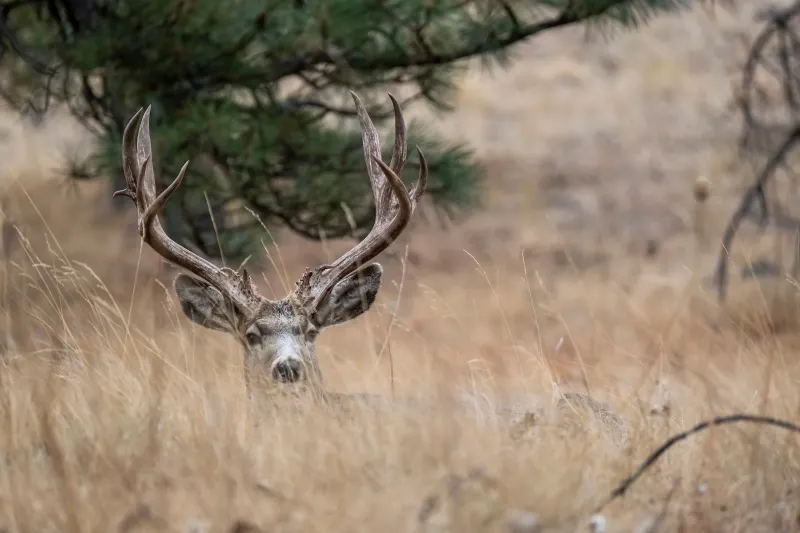
Deer seek safe, quiet places to rest, especially during daylight hours. Tall grasses, brush piles, or stands of evergreens offer perfect napping spots these animals adore.
Leave unmowed sections in far corners of your property. These security zones make deer feel welcome while providing you with more opportunities to observe these graceful creatures from a respectful distance.
10. Offer Apple Treats Occasionally
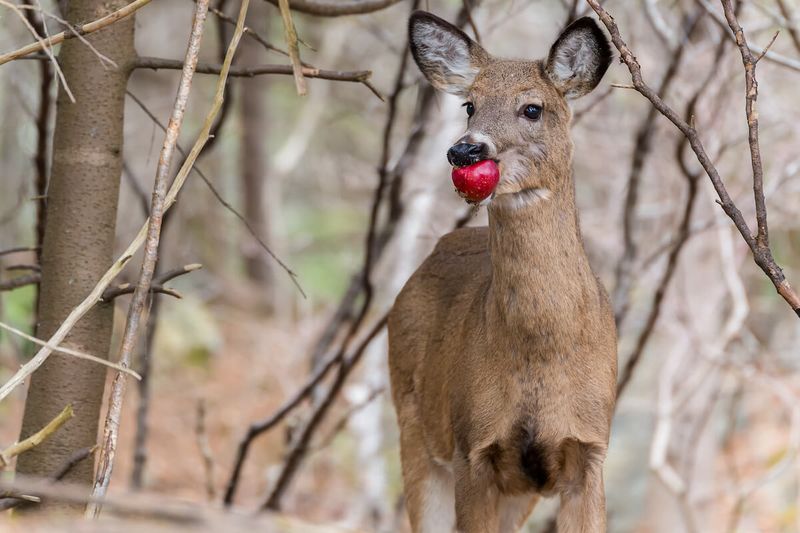
Few things excite deer more than finding apple treats! These woodland browsers have a serious sweet tooth and will remember locations where they’ve found such delicacies.
Scatter apple slices or whole fruits periodically in designated areas. The occasional treat keeps deer visiting without creating dependency, striking the perfect balance for wildlife observation.
11. Install Wildlife Cameras
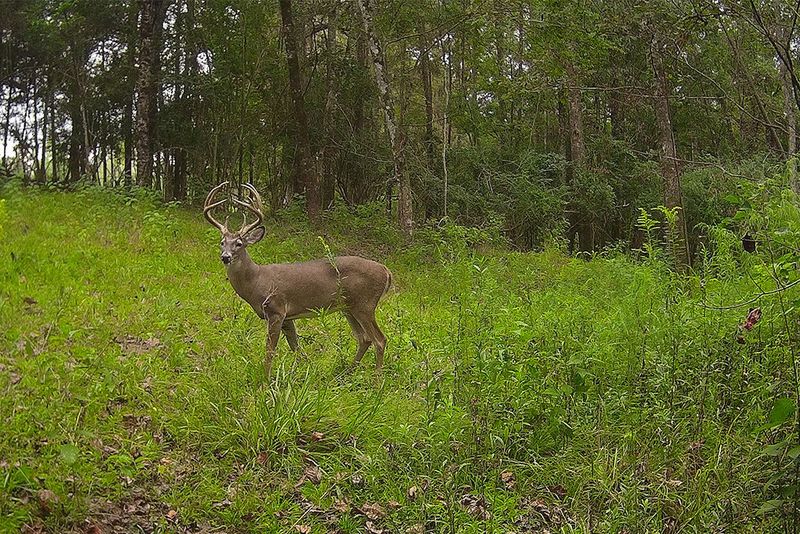
Modern trail cameras let you enjoy deer visits without disturbing their natural behavior. These motion-activated devices capture magical moments you might otherwise miss.
Mount cameras facing feeding areas at deer height. Review footage regularly to learn their visiting patterns and behaviors, helping you understand your local deer population while respecting their space.
12. Provide Shelter From Elements
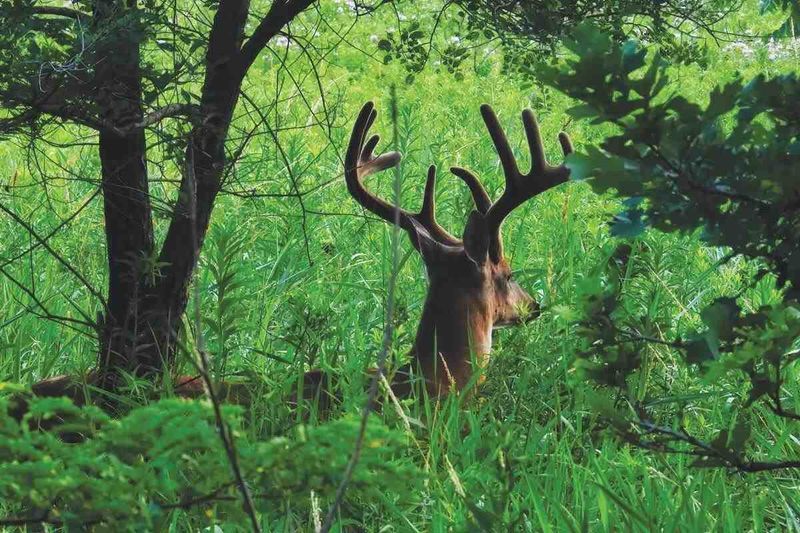
Harsh weather sends deer searching for protection from rain, snow, and wind. Simple three-sided structures or dense evergreen plantings create sanctuary spaces deer appreciate year-round.
Position shelters away from high-traffic areas. These retreats become especially important during winter months when natural cover may be limited, making your property a deer haven.
13. Keep Noise And Activity Minimal
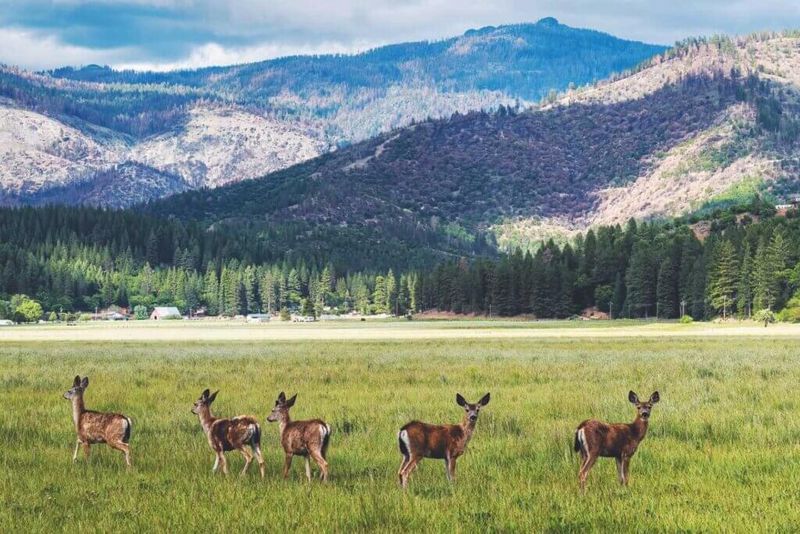
Nothing scares away wildlife faster than sudden noises or excessive human activity. Creating quiet zones on your property helps deer feel secure enough to visit regularly.
Limit loud outdoor activities to specific areas. Designate wildlife-friendly zones where human presence is minimized, especially during early morning and evening hours when deer are most active.

